Growing tea in Germany . . . of all places . . .
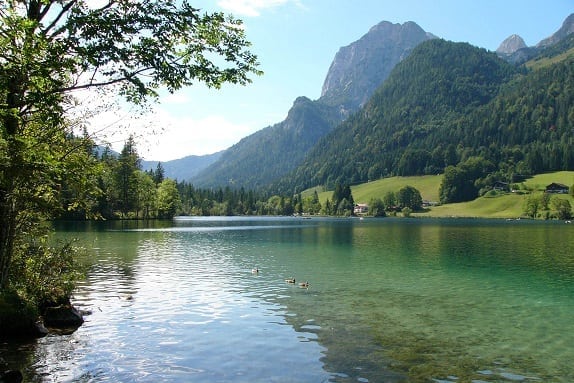
Blame Wikipedia for putting that fantasy in my head. I remember reading up on tea customs in European countries, and there was a sub-section on East Frisia. It was one of the few regions in Germany that even had a tea culture to speak of.
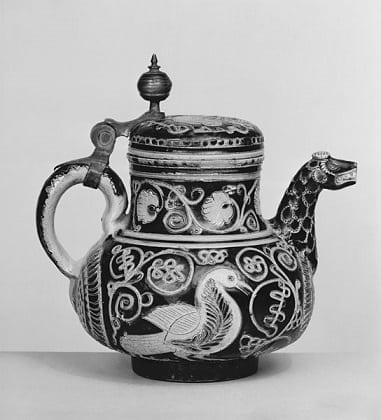
Wikipedia is anything but completely reliable, and before the article went through a round of edits, there was a passage about East Frisians possibly growing their own tea. I spent the better part of a year trying to corroborate this passage with no luck. The answer I got was always the same, “Germany’s too cold to grow tea in.” And, so, I left the search at that.
Until the spring of 2016.
Elyse “the Tealet Tea Fairy” Petersen had shared a video to a tea group on Facebook.
It was of an outfit called “Tschanara”, located in the Bergischer Highlands near Cologne, Germany.
I went . . . nuts.
With all the calm of a catnip-withdrawn feline, I took to Facebook demanding more information about the outfit. And, more importantly, how to put it in my mouth. Their tea, that is.
Most ignored my lunacy, except for a German ceramicist and naturopath, Michael Grote, who ran the outfit Keramikgasse.
He offered to act as a translator/middleman for me and contact the owners/operators of Tschanara on my behalf. Honestly, I didn’t expect much out of this. Other attempts to reach far-flung growers from disparate parts of the world usually turned up nothing. I didn’t have that much tea industry clout.
Imagine my surprise—though—when in June of 2016, Michael got back to me. He successfully established a dialogue with one Wolfgang Bucher. (Of course his name was Wolgang.) He and his wife agreed to send samples of some of their early 2016 teas to me. If my jaw could drop to the ground, it would have.
A little info on the garden itself:
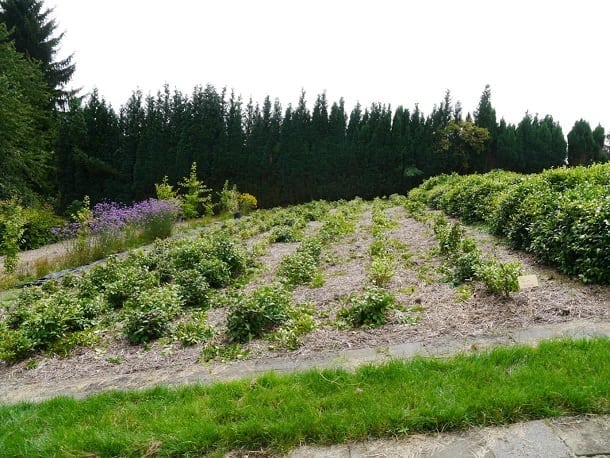
Tschanara was established in 1999 by Wolfgang Bucher and his wife—Haeng ok Kim.
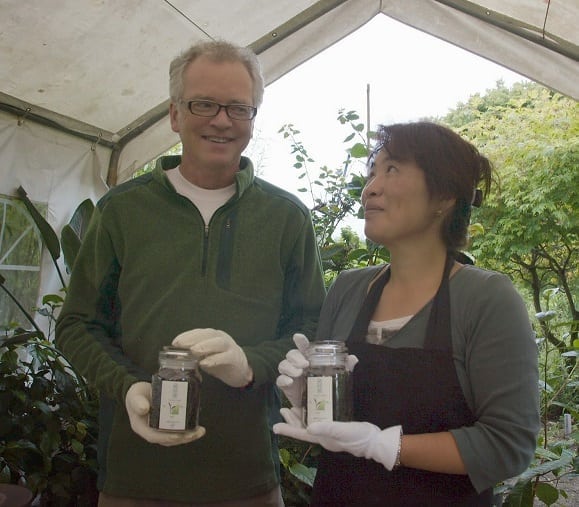
They returned to Germany from South Korea, and brought with them a little over a thousand tea seeds picked from older Korean cultivars. The goal was to see how well such cultivars would fair in such climate.
The garden itself encompasses roughly an acre of land, about the size of the average private U.S. tea grower. The property is nestled next to a bonsai center owned by a friend of Wolfgang’s. While the garden currently doesn’t operate in a commercial capacity. The couple does sell seeds and teas processed from plants at markets.
Wolfgang organizes the picking and pruning.
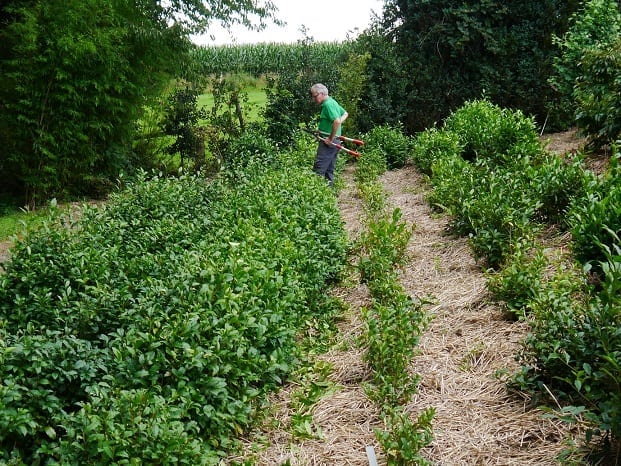
And Haeng ok does the processing.
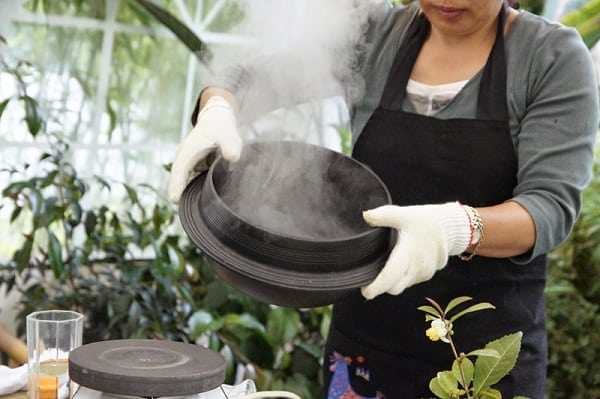
While they are currently experimenting with other styles, coming up with a good green tea base is their primary goal. In addition to playing around with Korean cultivars, they are also working with tea plants from Sikkim, Portugal, India, Nepal and Japan. To name a few.
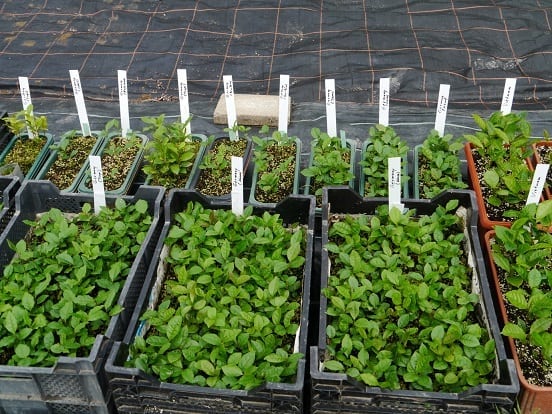
By early July, Michael told me that the teas were on their way to me. Not sure why, but they spent about two weeks in Frankfurt before being shipped out. Probably because no one there had ever seen tea leaves before. Once making it stateside, the package was accepted in New Jersey and then was flown to Boring, Oregon. Where it seemed to just . . . orbit the town for two weeks.
Tracking the package was entertaining, to say the least.
Finally, after a month of salivating, the teas were in my possession. Four of them! Two oolongs, one green tea and one black tea.
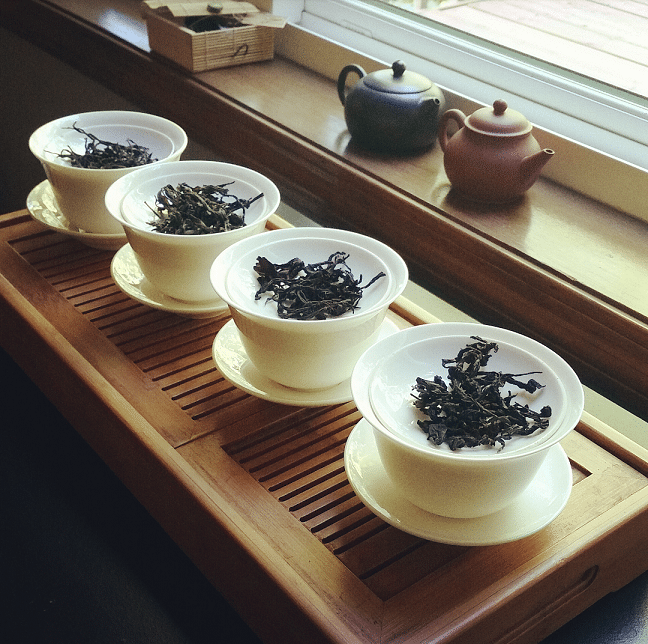
Disclaimer: Just a forewarning, I’m not approaching these teas as finished products. As the growers emphasized to me, these teas are still in the experimental stage, and should not—in any way—be considered ready for primetime. As such, I’ll just be describing taster notes, without critiques, in fairness to the gardeners.
However, none of that really matters, since I really enjoyed all of them. Oops, spoiler alert.
For brewing, I approached these teas according to type. For the green tea, I went with 175-ish F water and a two-and-a-half-minute steep. For the oolongs, instead of a full-on gongfu session, I brewed each for about a minute using water just under a boil. For the black, boiled water and a full, three-minute steep.
Highland Premium Green
(First Flush, May 24th, 2016)
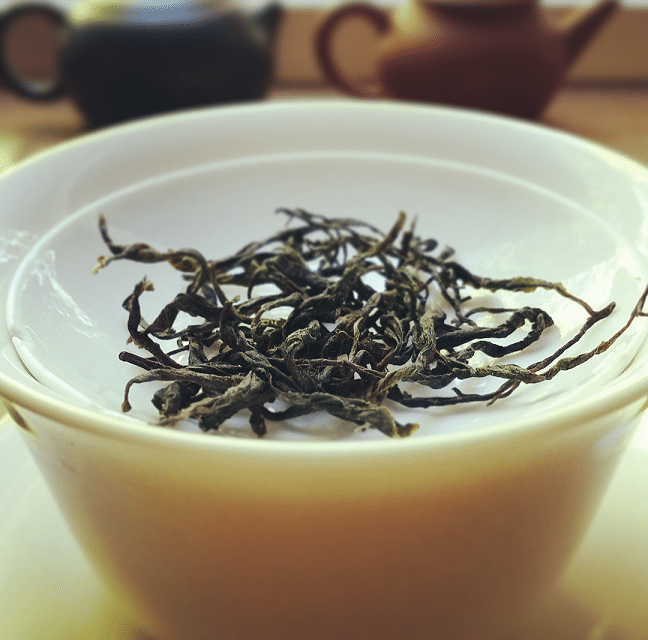
The leaves were long and spindly-rolled, and quite dark for a green tea, but that wasn’t the first time I’ve run into that. Likely something to do with the pan-frying process. However, what challenged that minor theory was the smell; the fragrance was like a steamed green tea—a second flush sencha, to be more precise. However, there were also buttery-sweet notes to the aroma that resembled a Korean green tea. Junjak grade, I thought . . . which was awesome! I loved junjak.

The liquor brewed very light green, more in line with a Korean green tea than a Japanese, per my initial thoughts. The aroma was sweet and bread-like, almost reminding me of a lemon wafer cookie filled with cream. The taste was . . . well . . . exactly like a Junjak! Wait, no, scratch that. Sejak. Hell yes, this was note for note like a sejak grade green tea. Sweet, slightly buttery, and with only a slight vegetal tickle on the back-end.
On a second steep with a friend, we also picked up on notes of green apples on the palate.
Highland Oolong
(First Flush, May 28th, 2016)
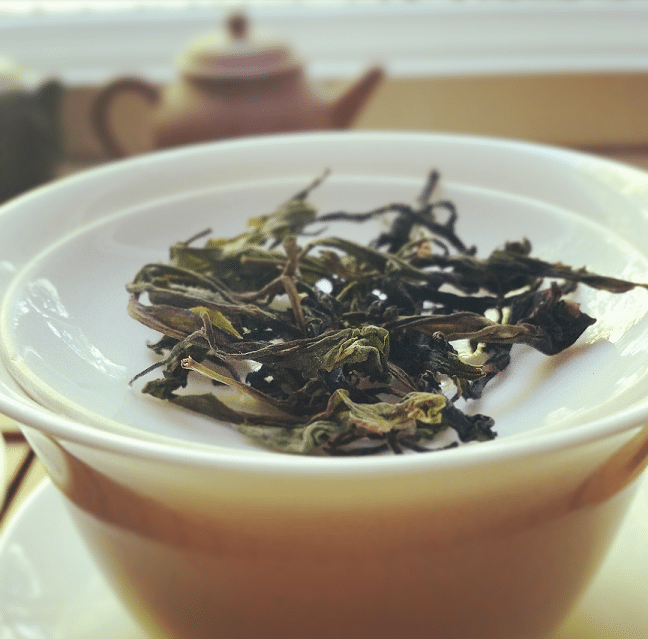
Before even looking at the leaves, the first thing noteworthy about this oolong was the smell. The moment I opened the bag, my nostrils were bombarded with Baozhong levels of butter. The leaves themselves furthered that comparison, looking every bit like a Baozhong—deep green in some places, brown in others, and mostly un-rolled. My brain drooled a little.
The liquor brewed light green, but also had a tinge of amber to the palette. The aroma was all butter and flowers throughout, no room for nuance—save for a smidge of “sea-citrus” on the back-whiff. On taste? Just . . . whoah.
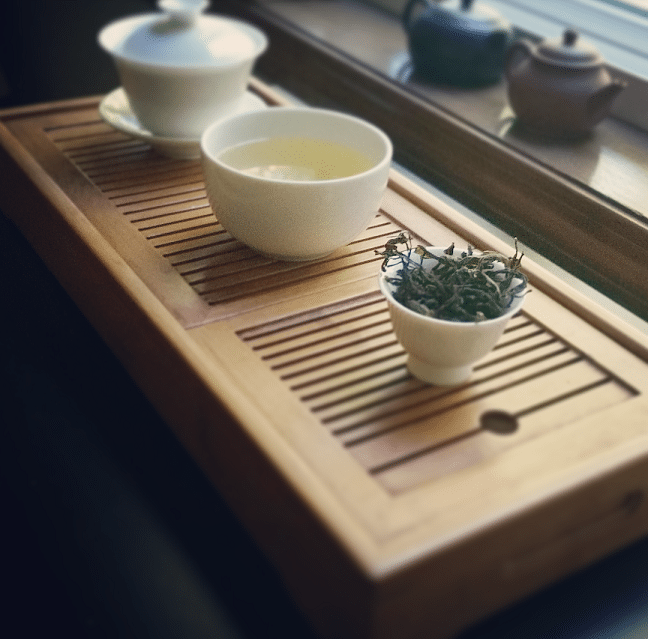
I say that a lot when I love something on first sip, and this was one of those cases. It started off on a Baozhong note, all greeny-bake-y-buttery goodness, but then it did something in the top note. Not sure what; a back-flip, maybe? The tea seemed to crystalize in my mouth, grow sharper yet smoother, and trailed off into stone fruit territory. Yep, a little floored. Just a little.
(Blogger’s note: I was feeling a might giggly at this point.)
Highland Golden Select Oolong
(Second Flush, June 6th, 2016)
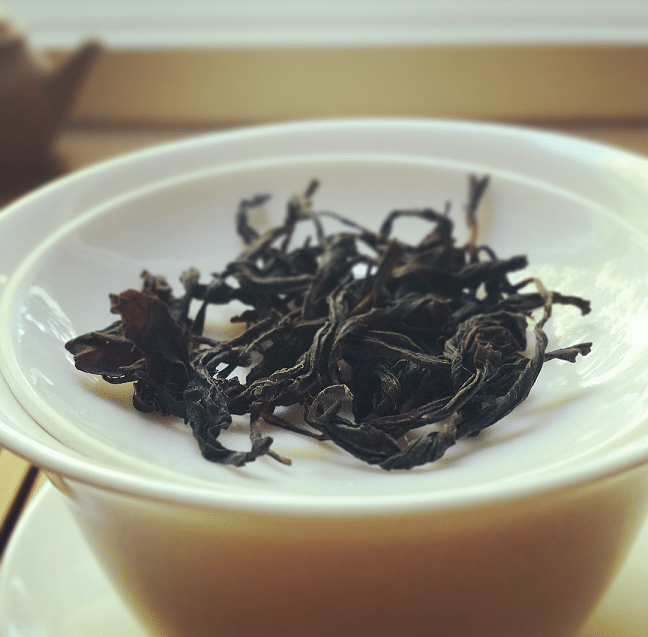
The second flush oolong was something else entirely. The leaves were red-brown to jet-black—large and twisty—with a sharp, alternating aroma of tartness, citrus and stone. I was picturing a Mi Lan Dan Cong, whose leaves had been frozen for a decade, then thawed and dried. It was quite perplexing . . . but also exciting! Never encountered anything like it.
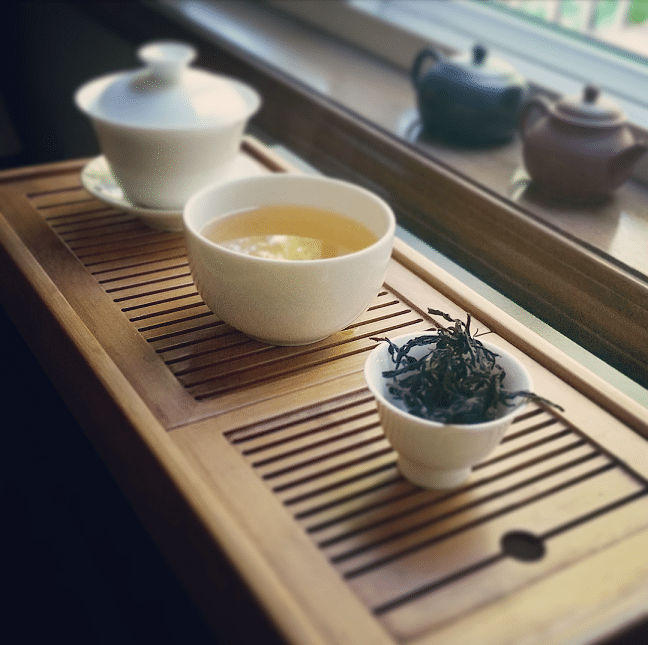
The liquor brewed up a rich, full-bodied, medium amber with a really enticing aroma. Steam from the cup smelled of cliffsides crashed by ocean waves, apple trees after a seasonal pluck, and freshly made pie crust. What sort of oolong was this?! The taste was “throw-your-head-back-collapse-in-your-seat” yum! Academically, it was like a Dan Cong, Tie Guan Yin and Baozhong rolled into one. It had the tartness of a Dan Cong, the aromatics of a Tie Guan Yin, and the buttery silkiness of a Baozhong. But then it transcended that comparison once the aftertaste lingered for a bit, and—just as with the other two—that echo of “sea-citrus” was still there.
Highland Black
(First Flush, May 28th, 2016)
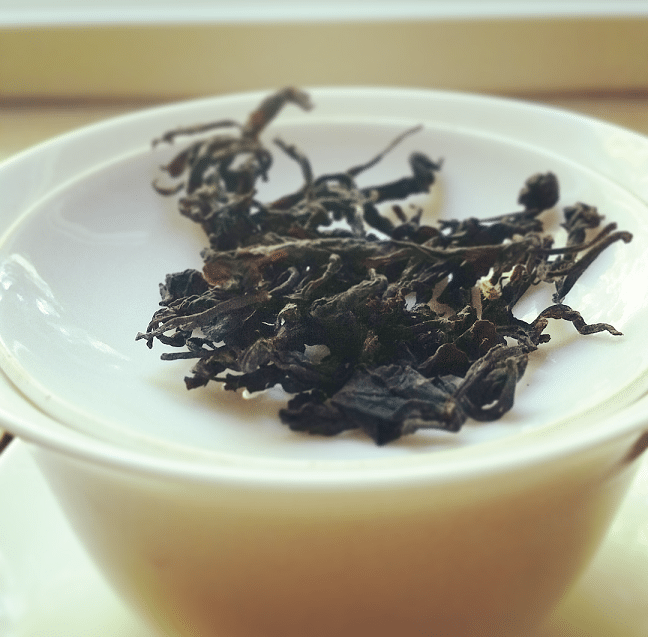
The black tea was probably the most interesting of the bunch, easily the most experiment as well. Sure enough, the leaves looked like any normal whole leaf black tea—mostly black with flecks of crimson, long and branch-like—but comparisons ended there. I have no other way to compare it except with these three words: “Chocolate malted kelp”. There were shades of Assam maltiness, chocolate-like sweetness, and a sea-shore-like citrus bend that I’ve only found in Japanese dark teas.
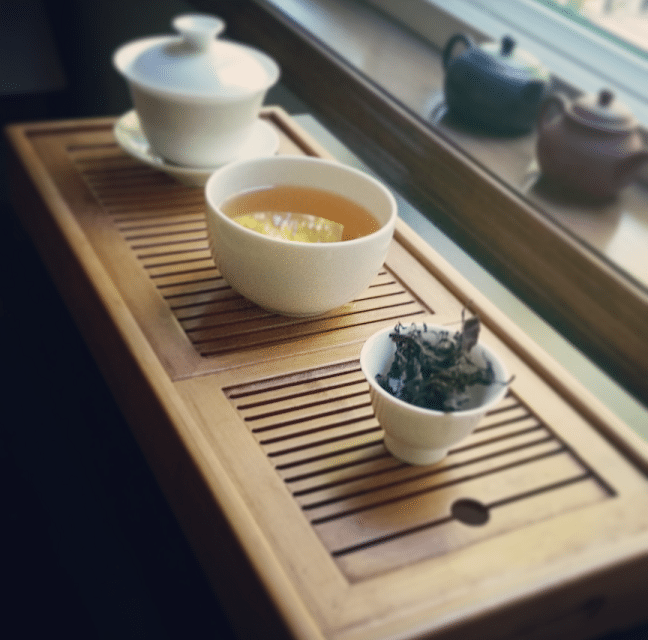
When brewed for three minutes, the liquor colored to a light-to-medium copper. The aroma was . . . pine needles, smoked kindling and cinnamon bark. Intriguing! As for taste, the intro reminded me point-blank of a black Dan Cong—tart and sharp before graduating on to malty pursuits. A toasty vibe emerged in the top note, and the trail-off smoothed out with a sensation similar to seafoam on the nose.
By the end of this four tea tasting session, I was “Oktoberfest”-level tea drunk.
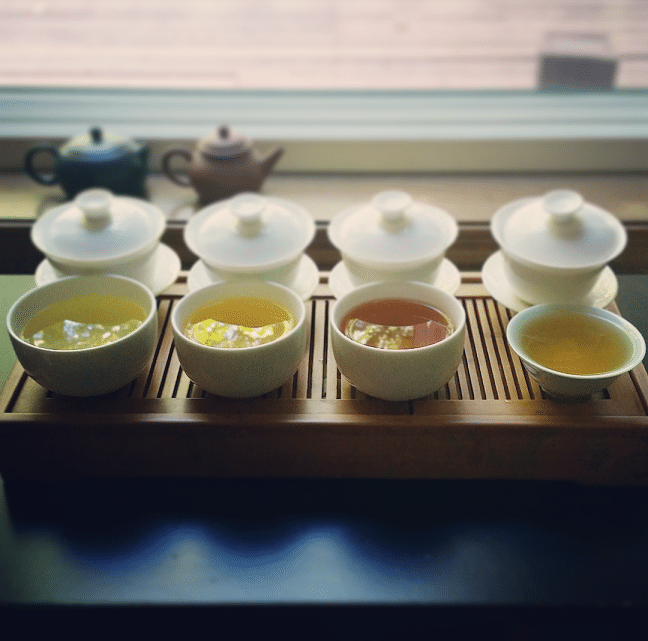
In summation, I think it’s pretty clear by the above taster notes (if you can even call them that) that the oolongs were my favorite. As far as flavors go, anyway. The black tea was also quite good. However, of all the experiments, the one I think was deemed perfect, for what it was aiming to be, that would be the green tea. I don’t see what more needs to be done with it. I thought it was a perfect green tea, and I’m not even a “green tea” sorta guy.
In all the fervor, I forgot to ask the couple what “Tschanara” even means. Oh well, I’m sure someone will tell me. In the meantime, I have more tea to drink.

For Tschanara’s YouTube channel, go HERE.
For their blog, go HERE.

Leave a Reply